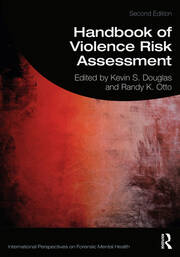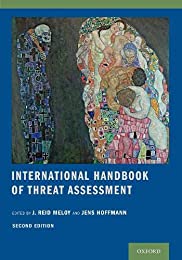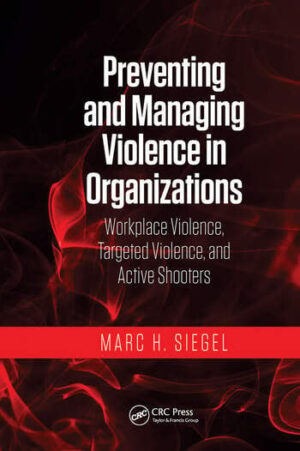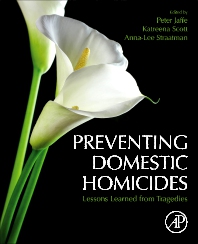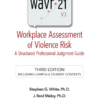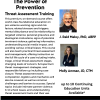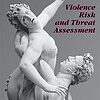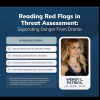The Expert Expert Witness – More Maxims and Guidelines for Testifying in Court
$29.99Psychologists, psychiatrists, and other mental health professionals may be experts in their respective fields, but this expertise does not easily translate to effective courtroom testimony. Even veteran expert witnesses can encounter new challenges in these high-pressure situations, especially during a cross-examination where every statement and gesture can be scrutinized by an attorney searching for ways to dispute the expert’s credibility and opinions.
Short chapters punctuated by memorable maxims draw from the authors’ expansive personal experiences, as well as research and stories from other expert expert witnesses, to create this must-have resource that will inform and entertain expert witnesses for many years.
Stanley Brodsky, Ph.D.
published in 1999
Quotes: “This is a wonderful book. It is extremely useful for expert witnesses at all levels of experience. It is well written, succinct, highly readable, and engaging. It is a book that is enjoyable as well as educational…” Charles Patrick Ewing, J.D., Ph.D., ABPP



